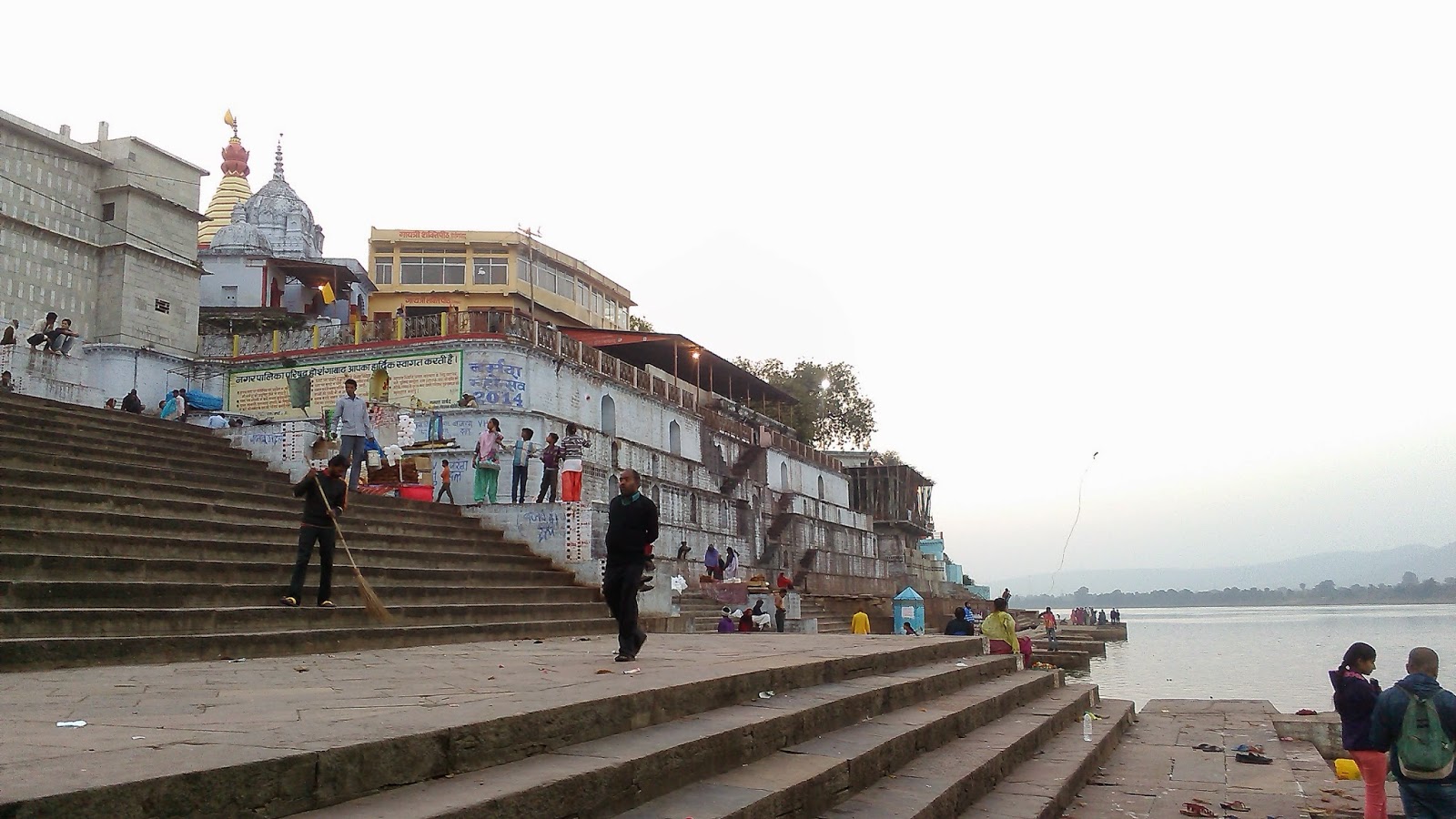I always wished to write
blog more frequently. But I have been failing to do so because of various
reasons. Of course one of them being my inability to manage time. May be
because of this slogan “Better late than never” has been popular.
The first day I met my family and
rested for a while. After lunch I visited Nepal Rotary Disaster Relief office
and updated myself of relief and rescue activities that Nepal Rotary was
organizing in coordination with various I/NGO’s.
For the next entire week I
started volunteering to clear debris of Kalmochan temple, in Thapathali of
Kathmandu. The program was scheduled from 7:00 am to 9:00 am in the working. It
was entirely a labor work that needed to carry bricks and mud from one place to
another. Though this work was not an easy one as the dust from bricks and mud
was very harmful and carrying bricks too was difficult one. But many motivated
youths kept each-other motivating. There were many high school youths and also
local residents who joined us after some days. Our work had started to show
some progress as we had stacked almost all the materials and had cleared the
temple area. Together with us Nepal police and Nepal army were also
volunteering to clear the area. Together it was great experience to work for
nation rebuilding.
As we had collected funds via various fundraising campaign in India, we now needed to spend it prudently for the benefit of the quake affected people. After so much of destruction and loss of life, threat of epidemic was haunting quake affected people. As most of I/NGO’s were focusing on foods and shelter, we decided to focus only on sanitation items. The reason also being that we didn’t have enough resources to cater people’s need of food and shelter. Now we had to collect basic sanitary items and also had important task of choosing the right place with needy people, for the distribution of materials.
As we had collected funds via various fundraising campaign in India, we now needed to spend it prudently for the benefit of the quake affected people. After so much of destruction and loss of life, threat of epidemic was haunting quake affected people. As most of I/NGO’s were focusing on foods and shelter, we decided to focus only on sanitation items. The reason also being that we didn’t have enough resources to cater people’s need of food and shelter. Now we had to collect basic sanitary items and also had important task of choosing the right place with needy people, for the distribution of materials.
Procuring things became easy as
we had contacts of some local wholesaler. Next thing of choosing right place
also became somehow easy via help of Rotaract club ( youth wing of Rotary), who
had experience of working with people in grassroot level. We contacted some of
them and accompanied them. Their part being to collect foods items, medicines
and medical team, manage transportation, etc. This not only helped to take
entire package of relief materials to needy place but also saved us from
duplication of cost related to survey, transportation, duplication of relief
distribution in same place, etc. After few other day we would start with relief
material distribution to various places affected by earthquake.
I was informed later that a
volunteer was needed in Nepal Rotary Disaster Relief office. I easily decided
to join from the next day, where my job was to keep records of items that were
coming and were being distributed via Rotary and also assist distribution of relief materials.




























